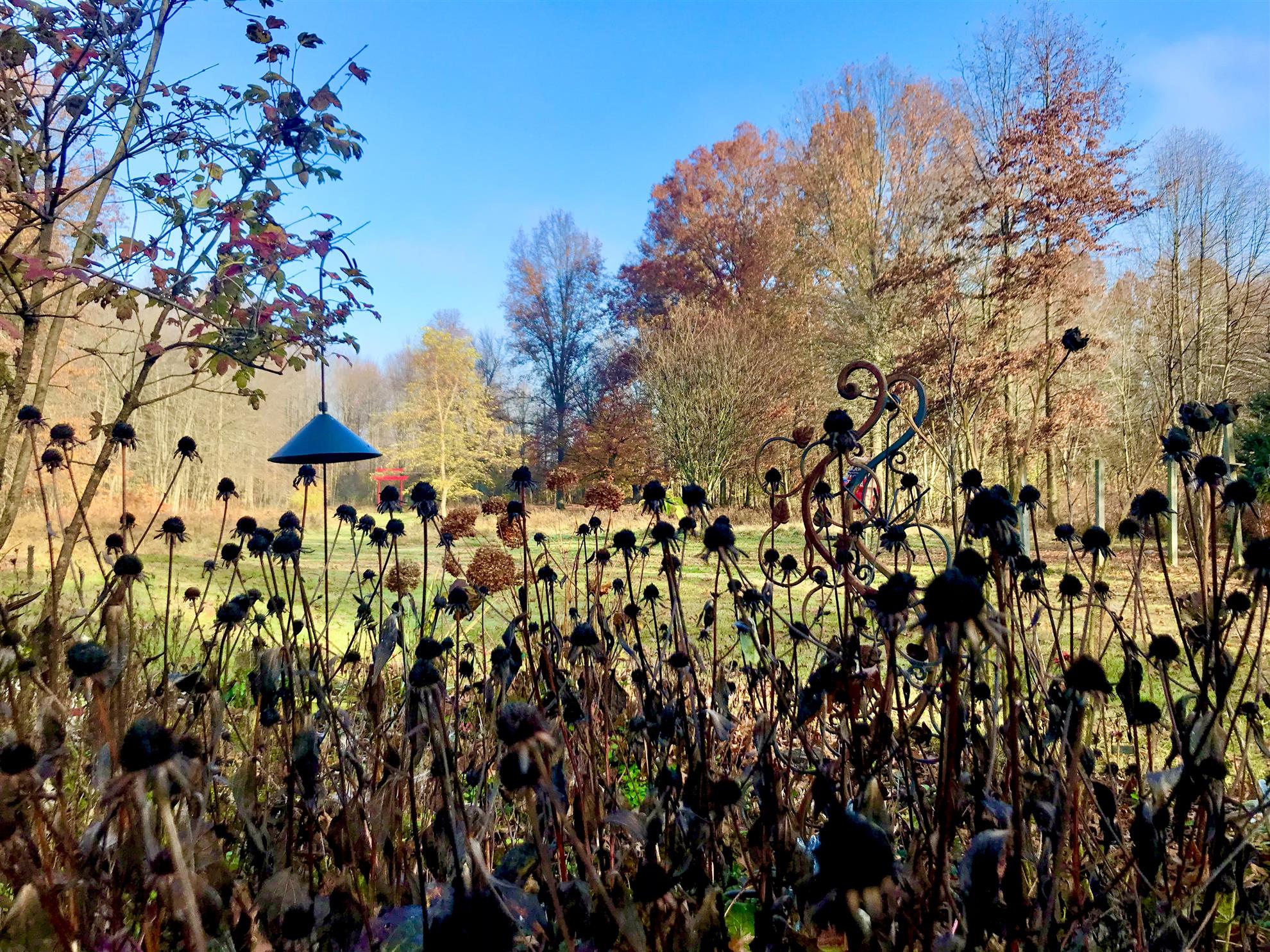

Wait Till Spring to Cut Back Perennials
There are benefits to letting them linger
Traditional gardeners will often tell you to cut back herbaceous perennials in fall. The main reason why people do so is to avoid the sight of brown or dying foliage on the plants, which some may consider to be unsightly.
But there are a number of reasons why, when herbaceous perennials begin to die at the end of the season, I do not cut back the dead and dying foliage but instead leave this in place to die naturally, or stand in place over the winter months.
To Provide Habitat for Wildlife in Your Garden
Cutting back can deprive wildlife of food or shelter through the winter months. If we cut back all our herbaceous perennials in the fall, then we lose an important winter wildlife habitat. Herbaceous perennials will often provide seeds for birds and other wildlife. Dead or dying foliage standing into winter also provides cover for a range of species.
We should not be too quick to make our gardens less valuable to the creatures with whom we share our space in the pursuit of a "tidy" garden.
Garden with wildlife in mind. Our gardens belong to the other creatures that live there, just as much as they do to us.
Wildlife brings a range of benefits and can help our gardens in many ways. Working with nature makes things better for them and easier for us who garden.
Dieback Returns Nutrients to the Soil
Being too quick to cut back and tidy up beds and borders can deplete the soil. The materials we remove will not be able to break down and return their nutrients to the area where they grow.
Perennials left in place slowly break down over the winter. Of course, some stand longer than others, lasting into or even through the winter months with dead foliage or stems in place. It is far better for wildlife and for long-term fertility to chop-and-drop or cut them back in early spring.
Top Growth Protects the Roots of More Tender Perennials
The dead or dying foliage on herbaceous perennials can benefit and protect the roots of more tender species and make it more likely that they will survive a cold winter. The crowns of plants will be better insulated, and the ground may be less likely to freeze.
It Adds Visual Appeal Through Fall and Winter
DO LESS! An herbaceous border can be visually appealing even when plants begin to die back. Enjoy the way the border looks as fall wears on and into early winter. Seed heads, stems, and dying foliage are attractive in their own way. As an added benefit, leaving the seed heads offers the possibility for self-seeding, which can help in creating a lush garden that just keeps looking better and better each year.